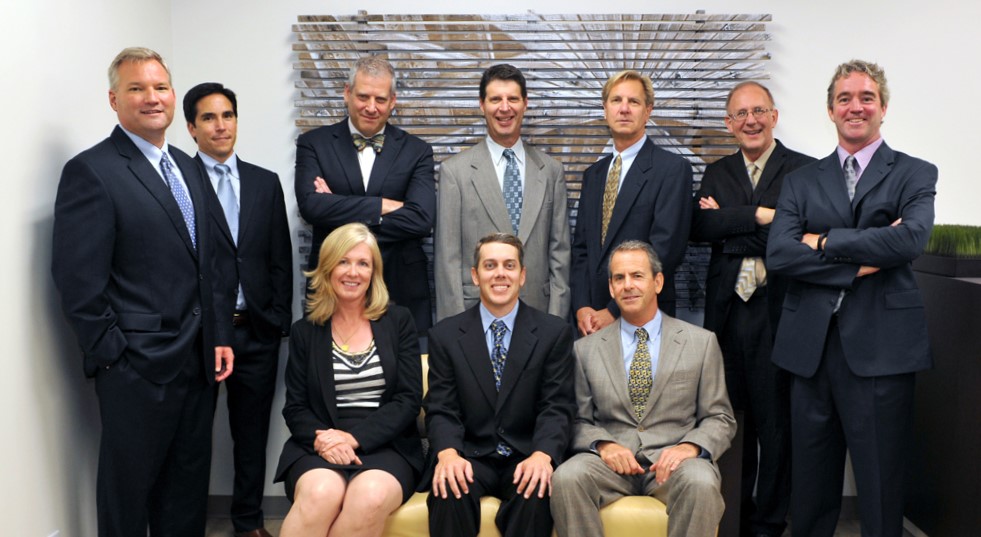It’s all hands on deck at CGS3 in San Diego.
From developing business to writing engagement letters, Crosbie Gliner Schiffman Southard & Swanson LLP is forging an innovative new type of law firm that’s proving to be a legal powerhouse for commercial real estate clients throughout the country, while focusing on a lean, client-first approach.
“We probably are the biggest real estate department in San Diego now,” said founding partner Sean Southard. “But we try not to let numbers and head count be our identity. Our identity is really how we do it, not the numbers we do it with.”
CGS3 is a mix of the best in Big Law and boutique law, filling an important niche in the local commercial real estate market.
“I think the Big Law model doesn’t work for a lot of clients,” said Evelyn Heidelberg, one of the firm’s newest partners, who is heading the new land use and environmental resources practice group. “There’s market demand for the leaner, smaller, specialized law firms.”
Founded in 2013 by five former partners of the commercial real estate firm Allen Matkins Leck Gamble Mallory & Natsis, CGS3 has expanded to 17 partners, the majority of whom came from Big Law and in-house general counsel offices. It recently opened a second location in Santa Monica, Calif.
The founders brought with them an average of 25 years of experience, but they saw a troubling trend in Big Law that was using pressures and business metrics to gauge performance and incentivize behavior, Southard said. “Lawyers had an overinflated sense of self-worth, and every partner fashioned him or herself as captain of their own ship,” Southard said. “Everybody was jealously guarding their book of business and all their relationships… The behavior that that ultimately incentivizes is to keep things closed, don’t collaborate, control, guard, protect, defend.”
Those aren’t the behaviors that CGS3 encourages or promotes. They’re not good for clients or the firm, Southard said. On the heels of the recession, clients had purchasing power, and they didn’t contract based on names; they wanted the best service.
That’s what CGS3 strives to offer.
CGS3 differentiates itself from its competitors with its creative fee structure, its responsiveness and its product quality.
Its non-hierarchical environment is fueled by its compensation structure, which is tied to 25 core values, meaning attorneys are more invested in the firm’s success as a whole. Attorneys aren’t paid based on hours or origination credit, but rather on the value proposition to the partnership. That may be scary for people who like the traditional formula — bill for this many hours and get paid this much — but Southard said every success is a firm success, and every failure, a firm failure.
“It’s very egalitarian, and it’s just very different,” he said.
David Swartz joined the firm in March to lead the Santa Monica office. Having worked as general counsel for one of the nation’s largest publicly traded real estate investment trusts, Swartz was impressed by how different the philosophies at CGS3 are — and how they actually play out. For instance, within weeks of starting, Swartz had one of the founding partners working on a loan for him, and he almost felt guilty about it.
“The client is the firm’s client,” Swartz said. “It’s a really big deal.”
Find the full story in the 2016 Lawyer & Statesman digital magazine.


